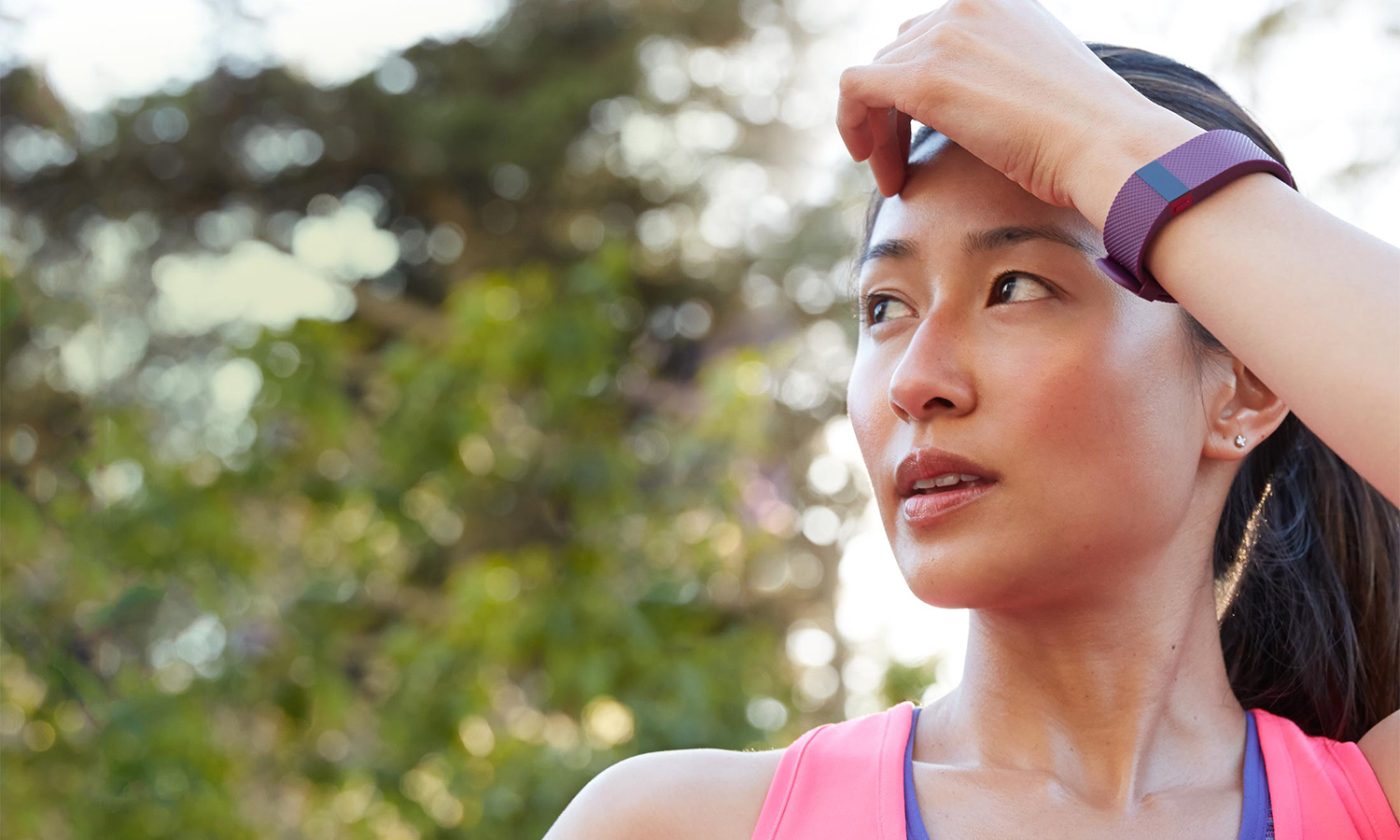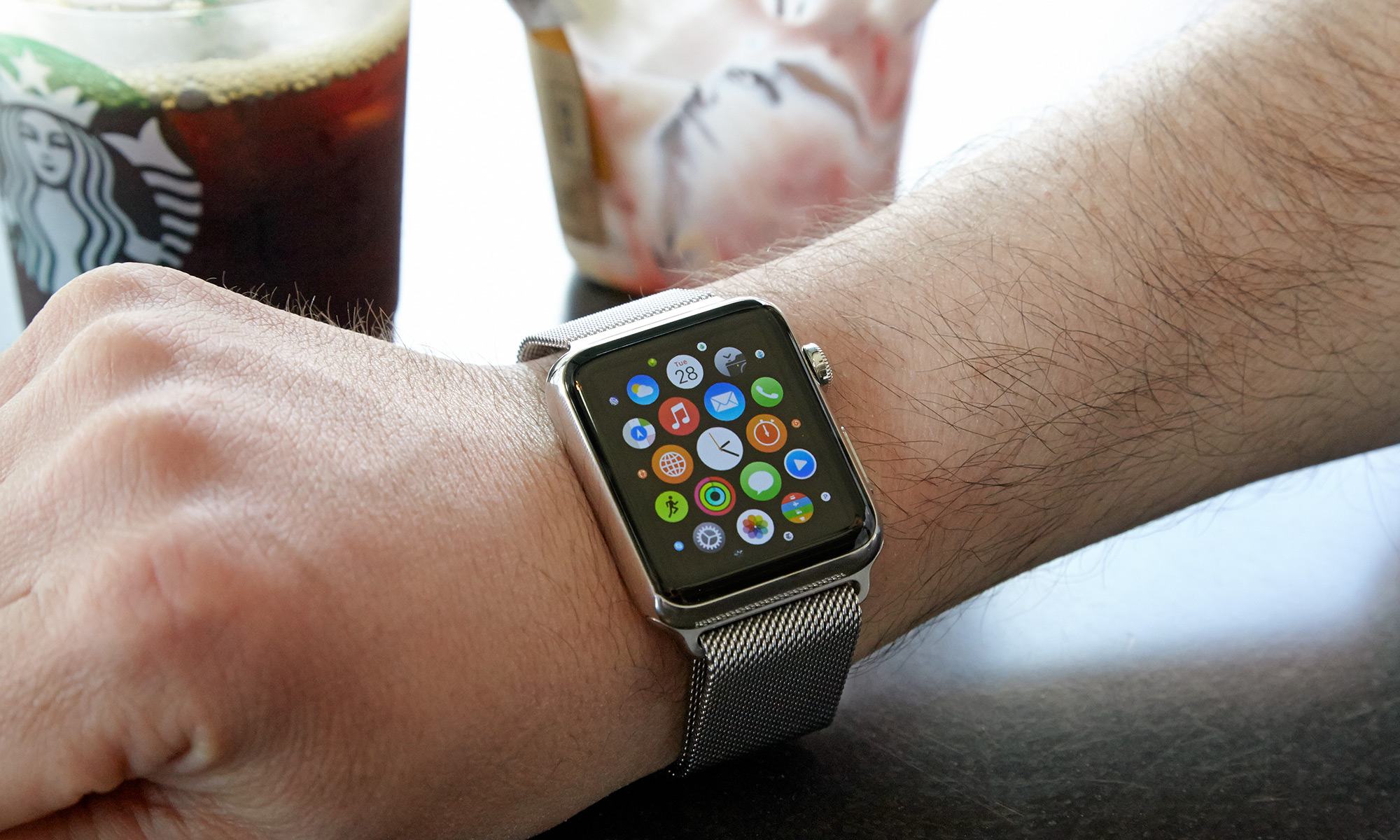What’s Next for Wearable Tech: What Will Make You Healthy?
Fitness trackers and smartwatches are just the beginning. The next big trends in wearable tech include health devices that you swallow.
Some predicted that smartwatches would swallow up fitness-tracking devices in 2015, but then a funny thing happened. They didn't.
"Fitness devices are very simple and focused. They don't try to be all things to all people, and the prices are very reasonable," said Ramon Llamas, research director of wearables for IDC.

Meanwhile, smartwatches are still going through growing pains as a category, mostly because device makers haven't made a strong enough case for what they do better than, or differently from, a smartphone.
In 2016, expect a body temperature-monitoring pill and smart shoes for fitness.
"Smartwatches are still trying to clarify their value proposition, but eventually we're going into a world where you have cellular connectivity and you'll be able to free yourself from your phone," IDC's Llamas said.

When you lump fitness trackers and smartwatches together, more than 21 million units shipped in the third quarter of 2015, up from just 7 million the year before. Apple and Fitbit remain at the top.
MORE: The Biggest Tech Trends of 2016
Llamas argues that Android Wear has lagged behind Apple because its wearable OS isn't as open as its smartphone software, which has prevented vendors from differentiating their wares.
"Design and hardware features have been the only differentiation points," Llamas said. "The experiences are largely the same."
MORE: Best Smartwatches for Android and iOS
At CES 2016, expect a bigger push away from the wrist and toward everywhere else on your body. From a body temperature-monitoring pill to smart shoes for fitness, wearables will target more and more specific areas to deliver more nuanced information.
I think you're seeing those lines blur between fitness device and medical device. -- Shawn DuBravac, chief economist, CTA
In addition to tracking your activity and alerting you to smartphone notifications, wearables are also finding niches in specific health- and medical-related uses. This includes devices that are approved by the FDA, such as the ReliefBand for the drug-free treatment of nausea and vomiting associated with motion sickness. Another "FDA-cleared" gadget is LimiWave, which is an LED-powered pain relief device.
MORE: Best Fitness Trackers - Track Activity, Calories & Sleep
But many other device makers are touting health-benefit claims without FDA backing.
"I think you're seeing those lines blur between what's a fitness device and what's a medical device," said Shawn DuBravac, chief economist at the Consumer Technology Association. "That's a landscape we'll be navigating over the next couple of years."
| 2016 TECH TRENDS TO WATCH: What You Need to Know |
| What's Next for VR: More Useful Content, Less Nausea |
| What's Next for Laptops: OLED Screens, Oculus-Ready Gaming |
| What's Next for Drones: Super Selfies, GoPro Karma, FAA Confusion |
| What's Next for TV: 4K Goes Mainstream, But Here Comes HDR |
| What's Next for Car Tech: The Road to Self-Driving Autos |
| What's Next for Smart Home: Simplicity Trumps Smarts |
Sign up to get the BEST of Tom's Guide direct to your inbox.
Get instant access to breaking news, the hottest reviews, great deals and helpful tips.
Mark Spoonauer is the global editor in chief of Tom's Guide and has covered technology for over 20 years. In addition to overseeing the direction of Tom's Guide, Mark specializes in covering all things mobile, having reviewed dozens of smartphones and other gadgets. He has spoken at key industry events and appears regularly on TV to discuss the latest trends, including Cheddar, Fox Business and other outlets. Mark was previously editor in chief of Laptop Mag, and his work has appeared in Wired, Popular Science and Inc. Follow him on Twitter at @mspoonauer.
-
howieoffie Interesting article. I bought myself a wearable on Cannykart this Christmas to start a fitness regime. My personal experience so far? Wearing a wearable inspires you to push further. I'm confident of reaching prolevel by end of 2016. Looking forward for new wearables.Reply

